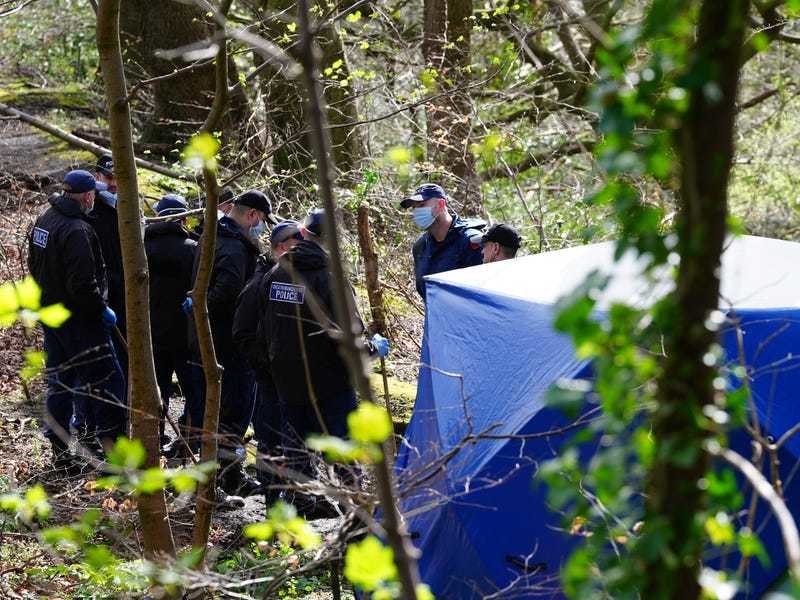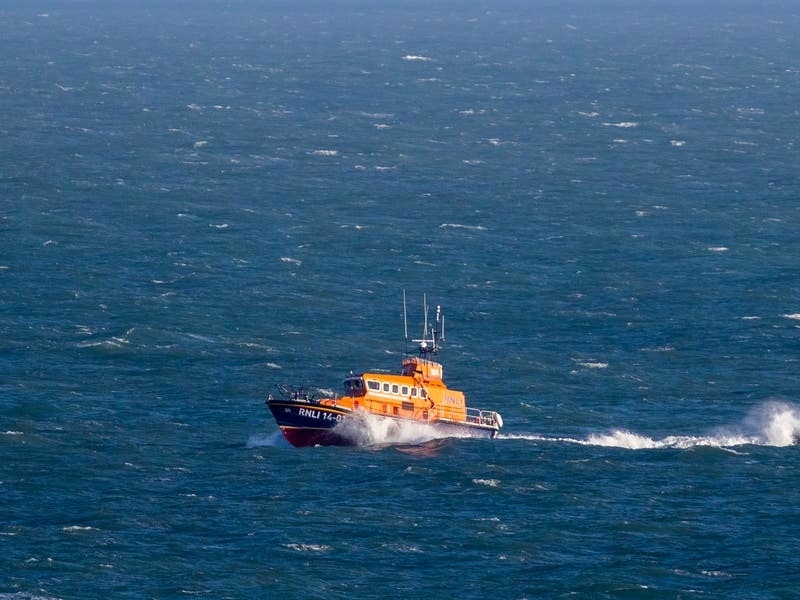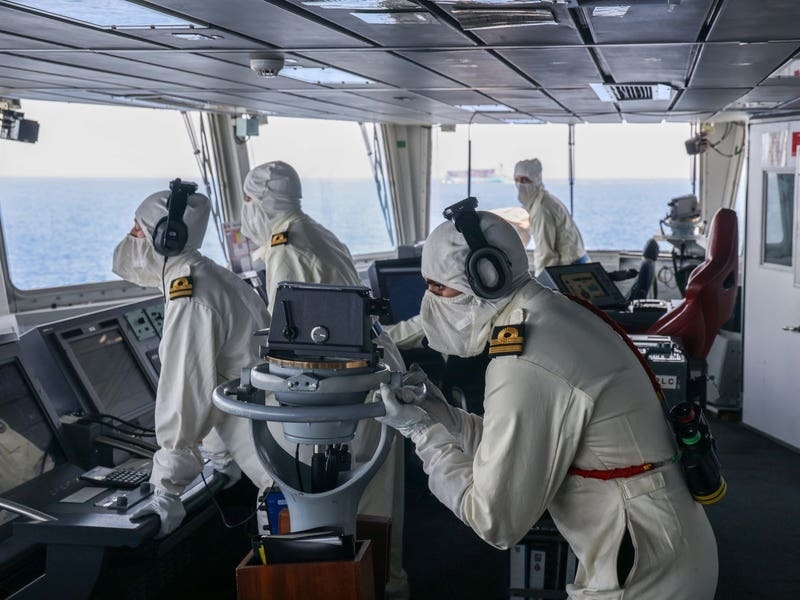On the hour, every day for the past 65 years, Jersey Met staff have gone up to the roof above their office overlooking the runway to take brief manual observations of the weather conditions.
The data collected each hour included the weather description, cloud types and amounts, types and intensities of precipitation and special phenomena such as rainbows and halos.
However, at 10 am on Monday the last manual observation – otherwise known as surface synoptic observations, or ‘synops’ – was taken at the Airport, as they have been replaced by automated weather readings.
In addition to ending the manual observations, it was also Jersey Met’s last day at the Airport. From Tuesday the organisation will be based at the Planning offices at South Hill as part of Ports of Jersey’s plans to demolish the original 1937 Airport building.
For principal meteorological officer John Searson, who joined Jersey Met in 1982, and senior meteorologist for observation and climatology, Paul Aked, who took the last synop, say it is the end of an era.
‘It is sad, but in terms of weather observations that’s life’, Mr Searson said. ‘What it will do is free up our time to do more of the things we need to do to get more information to people, and we are looking at providing more services in the future.’
Responsibility for Jersey aviation observations will move to the Airport’s air-traffic control team. Jersey Met will continue to provide the Channel Islands with meteorological services while also sharing information with the UK Met’s System Office in Exeter.
The move to South Hill will not affect the Maison St Louis Observatory and instrument site in St Helier, the weather radar and other meteorological recording equipment and climate stations that Jersey Met has located around the Island.
There is a downside to automating the hourly observations: whereas a meteorologist can identify a particular cloud type and the range of visibility, an electronic recording system cannot make such detailed distinctions.
Mr Searson said: ‘Jersey Met and Ports of Jersey are working closely to find the best longer-term solution. Ports appreciates the value of us being located at the Airport, because of the proximity to the runway and the real-time observations we can provide to pilots which, particularly in marginal conditions, help to keep people flying.’






